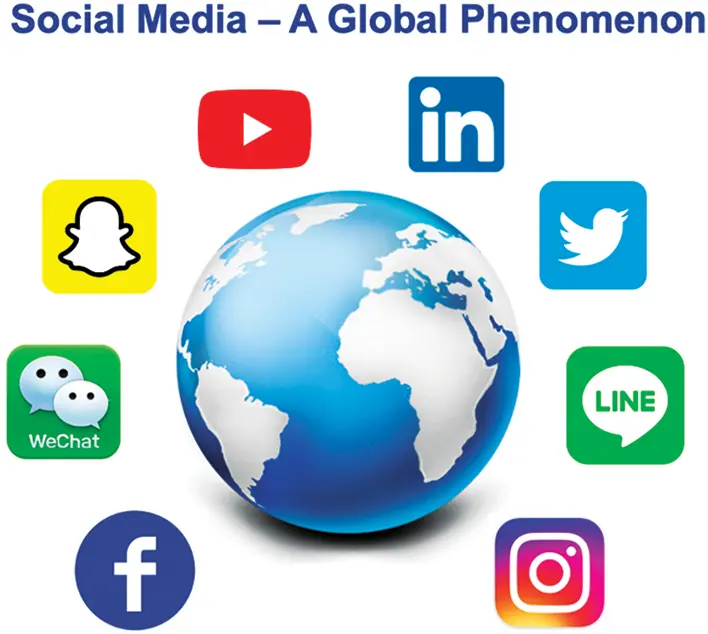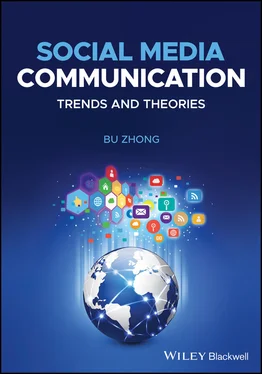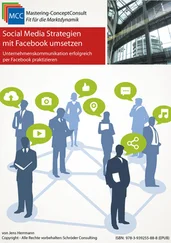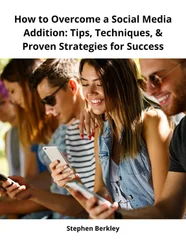Table 1.1 The differences between digitization and digitalization.
|
Digitization |
Digitalization |
| Definition |
Digitization describes the analog-to-digital conversion of existing data and documents, in which the data are not changed in any substantial way but simply are encoded in a digital format. |
Digitalization refers to the use of digital technologies to change human communication and social life and provide new benefits and value-added opportunities for human societies. |
| Examples |
Converting a black–white movie into a colored one with better resolutionScanning a paper book to a digital bookRecording a live lecture to keep as a digital file |
Analyzing Google search results to understand flu season trendsUsing digital tools to monitor the quality of telemedicine visitsUsing analytics tools to study customers’ feedbacks on services |
The synchronization of human communication in real-time through advanced digitalization has transformed our social life since the birth of the internet in 1969, causing a series of epoch-making changes in the current social media-dependent society that is dramatically different from previous eras, like the agricultural and industrial ages. In the coming decades, we should see a growing integration of multiple technologies into various aspects of our societies that will be increasingly digital. Some examples of digitalization include: smart homes, e-learning, e-healthcare, smart mobility, and smart cities, which are largely powered by computer-based technology, including information science and mobile technology.
Many domains will benefit from digitalization; cultural artifacts like artwork and historical relics can be digitized and therefore preserved and shown to the public, even if they are stolen, damaged, or are just not conveniently accessible. As more and more information and data are easily shared and accessed due to digitalization, more knowledge can be shared and produced like never before, adding new values to human societies. The widespread impact of digitalization affects everything from interpersonal communication and relationships augmented by social media and their services, to other relationships, such as how citizens interact with support services in e-government. Both digitization and digitalization are critical to the digital transformation of our social life. It is important to note that the process of digital transformation is not about data or information, but it is about people. The use of social media represents a key component of digital transformation, which in turn will define the future of social media, a topic we will revisit in the last chapter.
Adoption Models of Media Technologies
Digital media technology, also known as information and communication technology (ICT), has a different adoption model from traditional media technologies used for manufacturing televisions, land-line phones, or boomboxes. Late users of devices powered by traditional media technology can easily catch up with early users. This means that late users can use tech products as well as early users. When a user gets a TV set a couple of years after neighbors, it is possible to learn how to use the TV remote control within a day or two and begin to use it as well as the neighbors. The same results can apply to using a land-line phone or a boombox.
However, it can be dramatically different in terms of using ICT applications like the internet, social media, or a smartphone. The early and late users of ICT applications may always have a gap between them. Think about it. Do you think your grandparents could use the internet or their smartphone as well as you can? When they increase their level of using digital media technologies, you will not always stop at the same level and, quite likely, you will have reached a higher stage. This makes it difficult for any late adopters, like your grandparents, to catch up with most early users.
As shown in Figure 1.1, A and B are early and late users of ICT. When early user A starts to use ICT applications, A’s technology level will keep going up, making B, a late user, hard to catch up. Thus, the technology levels between A and B may have a gap all the time. As for C and D, who are the users of traditional media technologies, their technology levels may easily merge at some point. This indicates that one can press the buttons of a TV remote control or a telephone as well as the other. The lesson is simple. No one can afford waiting for a long time to learn new digital technologies. Any delay could make someone a late user who would eventually have a difficult, if not impossible, time catching up with early users.

Figure 1.1 Adoption models of traditional media technology and information and communication technology (illustration by Moxin Qian).
Unlike traditional media technologies used in radio and television, social media became a global phenomenon as soon as they were developed. Both radio and television were first adopted in developed countries and then spread to developing countries. For example, color television was introduced to the United States in the 1950s, but it did not go to China until late 1970, where color television became a vmass medium in the 1980s. As social media sites were developed, they immediately won internet users around the world, making it a global phenomenon in a very short time (see Figure 1.2).

Figure 1.2 Social media are a global phenomenon (Illustration by Moxin Qian).9
Today, social media are already everywhere around us and no one can afford the consequences of delaying the learning process. At this moment, if anyone asks, “Why study social media?”
It’s the social media, stupid!
Theory Highlight: Construal Level Theory
Construal level theory (CLT) is proposed to study how people can think about events that extend beyond the immediate context. It proposes that in order to look beyond here and now and understand distal objects, humans form varyingly abstract mental construals of them. These distal entities do not occur in present time, space, social realm, or actuality. While people cannot experience what is not present, they can rely on mental constructions such as prediction, memories, and speculation to transcend beyond the immediate situation and understand psychologically distant objects (Trope & Liberman, 2010). So there is a psychological distance between what people can feel here and now and the dimensions and measurements of “distance” of future events, remote places, distant others, and alternative realities. Here “psychological distance” can be a uniquely human ability, which is about the removal of an object or event from direct experience.
In other words, the theory holds that humans have the unique capacity to think about future events, remote places, distant others, and alternative realities. The CLT research shows that regardless of the psychological distance dimensions of an object, such as time, space, social distance, or hypotheticality, the mental construal processes are quite consistent, so as to be understood as cognitively related to each other (Maglio et al., 2013).
The basic premise of CLT is based on the link between distance and the level of mental construal. Objects viewed as more distant will be understood at a higher, more abstract level, which will then bring to mind more distant objects (Trope & Liberman, 2010). This notion of abstract versus concrete construal as it relates to distance is perhaps best understood through the proverbial distinction between the trees and the forest. When standing at a physical distance from a group of trees, one sees a forest in its entirety. When this distance is reduced, the large abstraction of a forest becomes individual trees. While this example focuses solely on spatial distance, the same logic can be applied to the other dimensions of psychological distance as well. For any dimension, Trope and Liberman (2010) explain that “as psychological distance increases, construals would become more abstract, and as level of abstraction increases, so too would the psychological distances people envisage” (p. 440).
Читать дальше














